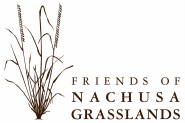Learn How To Identify Invasive Trees and Bushes
By John Harris, Steward Leader for the Morton Arboretum
|
Common Buckthorn
Rhamnus cathartica Highlights from the video:
|
Amur Honeysuckle (Bush Honeysuckle)
Lonicera maackii Highlights from the video:
|
